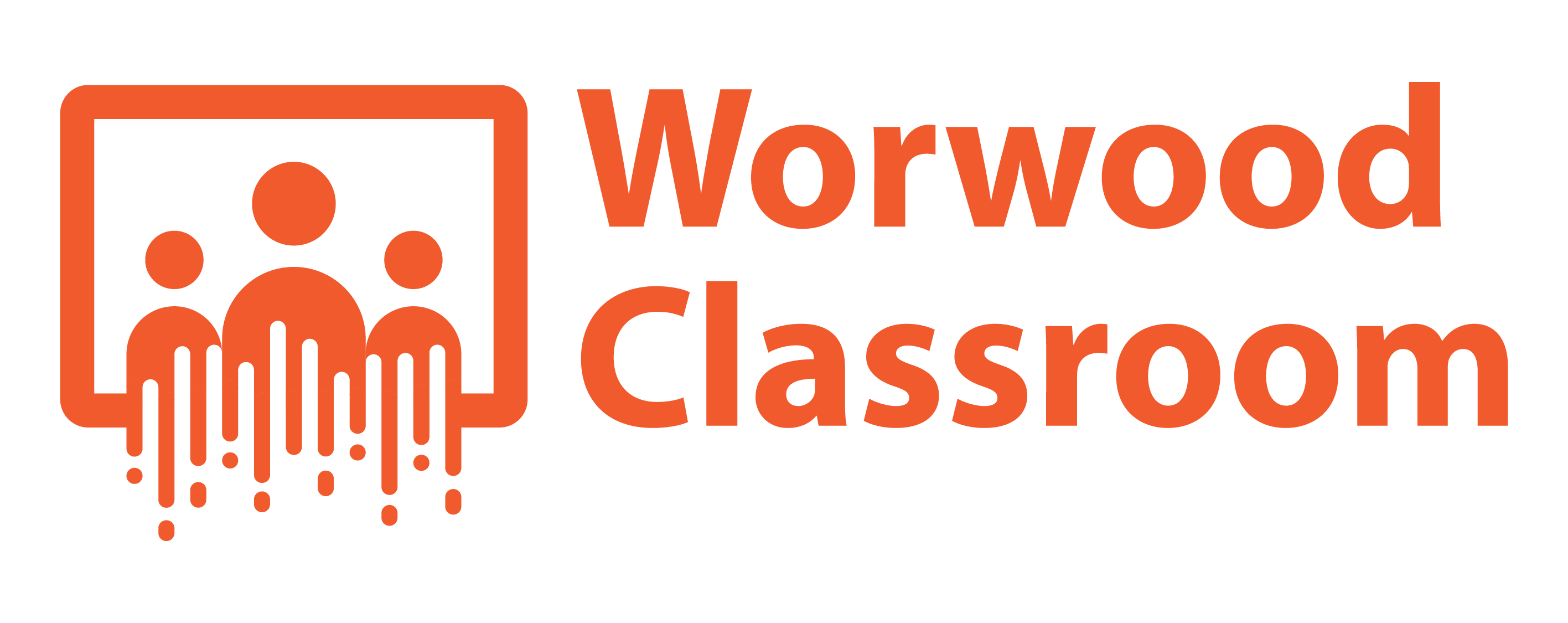The Achievement Gap: Will Generative AI be the Great Equalizer or Act as an Exasparator?
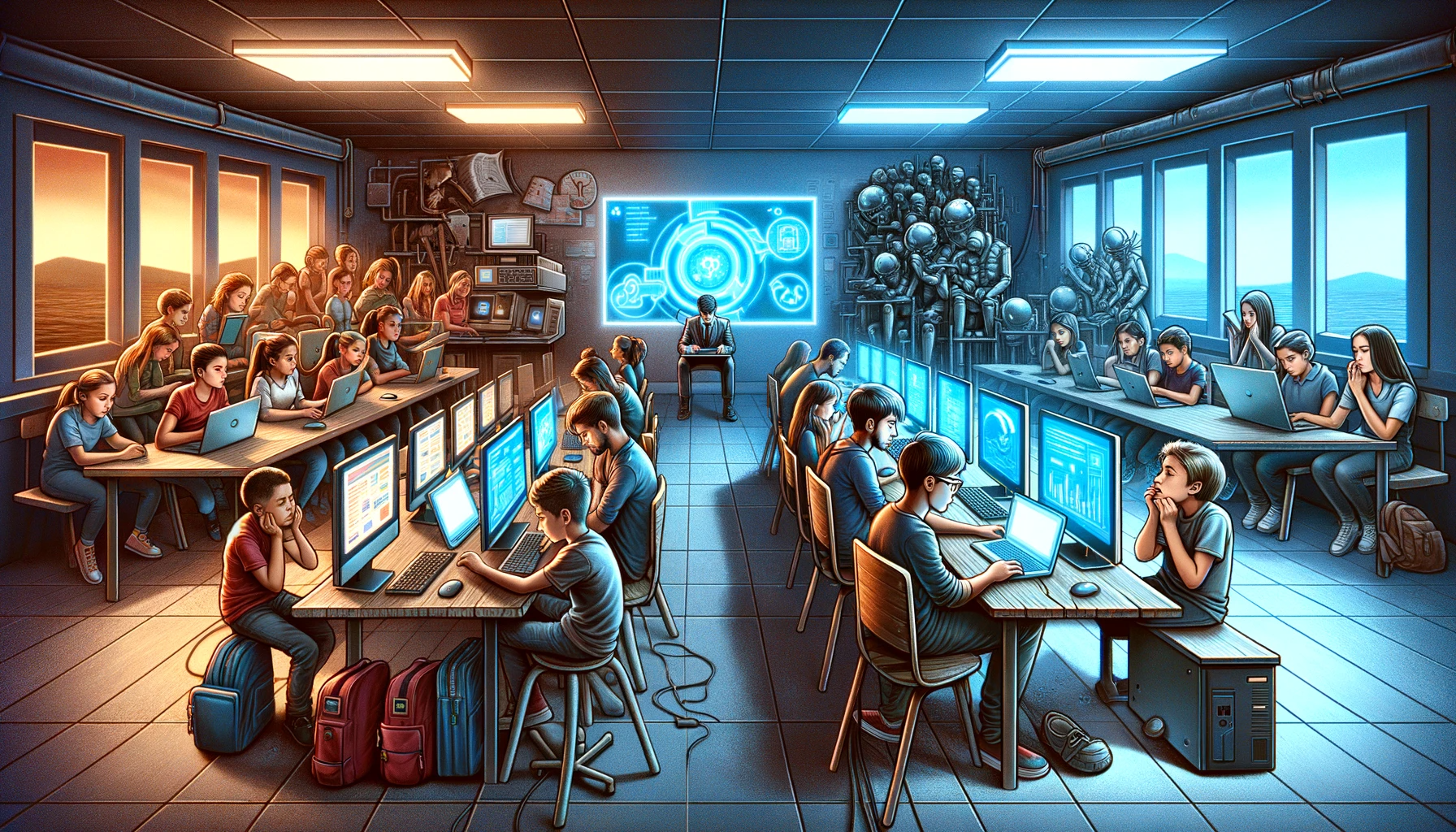
...if we don't train students how to use generative AI to support their learning, then I fear the digital divide will play out, and those in the advanced levels will see an increase in their work. In contrast, those in the lower levels will fall further behind...
Matthew Worwood Tweet
In this article, I will share my initial thoughts about the potential influence of generative AI on the achievement gap. I will explore these thoughts as part of my ongoing AI Scenario Playquests, representing my version of a thought experiment that explores how generative AI might change, enhance, or influence specific learning events or situations in the short to medium term.
You might like: Rethinking the use of online forums
Explaining the Digital Divide
For many years, the Digital Divide focused on those with access to technology and those without access, yet in recent years, it has expanded to explore the ways different groups interact with technology. Although the first level still focuses on access, the second and third levels think more about the varying levels of use and, most importantly, the advantage of those who can use technology to create, learn, and influence.
As you would expect, there is a relationship between the digital divide and the achievement gap; however, the latter has a significant history within education that predates conversations about digital technology. The achievement gap represents the disparity in achievement between different groups in society. We see it expressed in education through test scores, students requiring remediation, drop-out rates, and those who obtain degrees.
When thinking about the achievement gap in creative fields, we might consider those who have advanced skills in technologies like Photoshop and HTML, or those who obtain higher-paying jobs and creative leadership positions.
We might consider the achievement gap within the growing community of content creators who express the capacity to produce influential content and the know-how to distribute it widely on social media channels like YouTube and TikTok.
Generative AI as a Great Equalizer or Exasparator
Some educators have spoken about generative AI being a future equalizer in education and the fight to close the achievement gap. People who hold this view often speak of generative AI as a resource to help support those who have traditionally fared less well in these environments. As a collection of tools, generative AI will improve communication, increase access to informal learning experiences, and increase student outcomes through personalized instruction.
However, I see a few assumptions about this perspective of generative AI as the great equalizer: first, we assume the barrier of access will go away. As explained, this issue is associated with the first-level divide, and with the most advanced generative AI platforms available through paid subscription models, I am less inclined to make this assumption. Furthermore, generative AI is highly intensive, and I anticipate bandwidth and computer processing power becoming future issues that will only exacerbate some of these challenges.
Second, considering generative AI as the great equalizer, we assume everyone will quickly adapt and develop the necessary skills to utilize generative AI effectively. However, we are still dealing with massive disparities in how people use online information, so why do we assume that interactions with generative AI will skip over challenges like media literacy? This aspect considers the influence of the second-level digital divide, which is less about access and more about use. I have already experienced students who use generative AI to support learning and those who unknowingly used it to replace opportunities to learn and arguably replace themselves!
Finally, a critical error in our approach to social media was our belief in the concept of digital natives, an assumption that all young people who use social media are good at using it. We are learning more about the factors influencing healthy and effective behaviors with social media. These factors are far more complex than knowing how the technology functions.
Someone trained in varying aspects of art and design will be more effective at leveraging generative AI tools to produce better products than someone not trained in this field. Yes, they may need to take a couple of classes on how the buttons work, but after that, I expect the person with advanced domain knowledge to perform better than the person without that knowledge. So, I worry that those who already excel may excel further, and those who are already on the lower end of the achievement gap may see an increase in their quality of work, but it not enough of an increase to close the achievement gap.
Final Thoughts
I am not pushing back on the notion that generative AI will be the great equalizer in education and creative industries. Yet, I am still skeptical until I better understand access and integration in education and training programs.
So the real question is, will generative AI be an Exasparator of the achievement gap? I think this is a danger in the short term; if we don’t train students how to use generative AI to support their learning, then I fear the digital divide will play out, and those in the advanced levels will see an increase in their work. In contrast, those in the lower levels will fall further behind even if they experience some improvements when comparing their output to pre and post-generative AI use. However, with better integration in school and improved access I hope that generative AI will help close the achievement gap in the medium to short-term future, but I am ending this article with a hope, as opposed to a prediction.
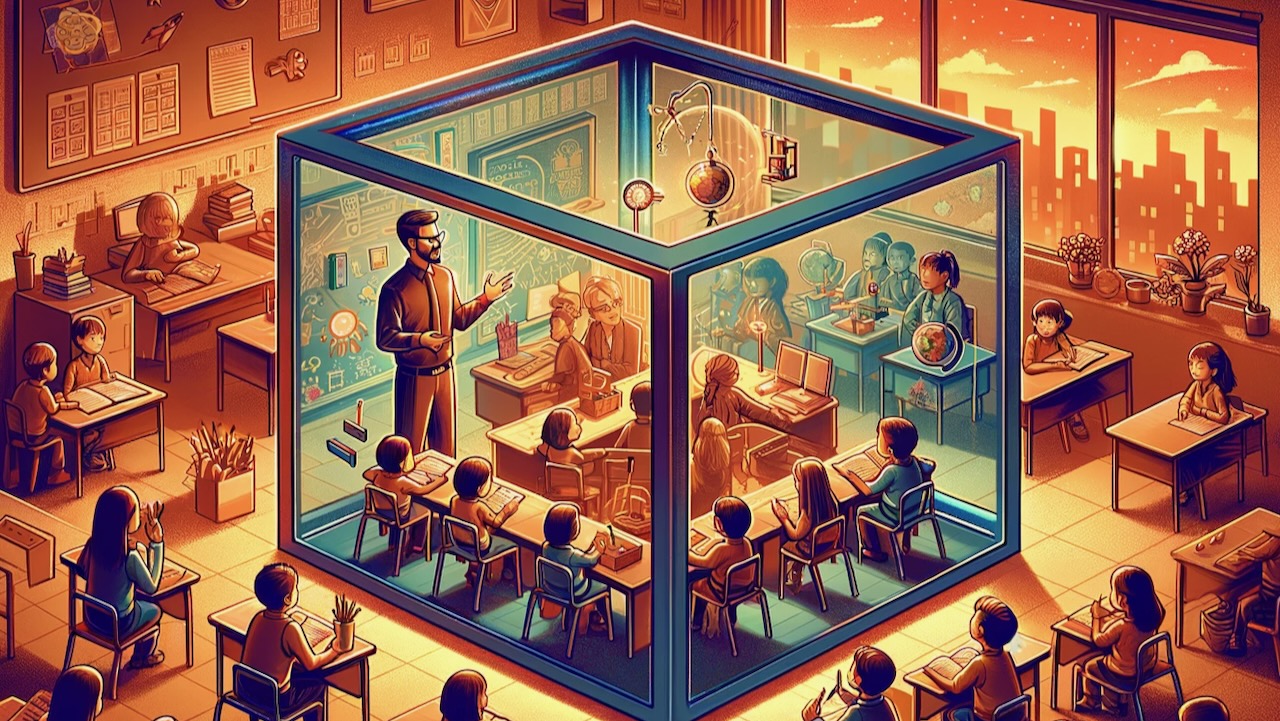
Teachers are designers. We even have a related field of study called instructional design. Design is about solving problems and solving problems within the constraints of a box. That’s why teachers must think inside the box.
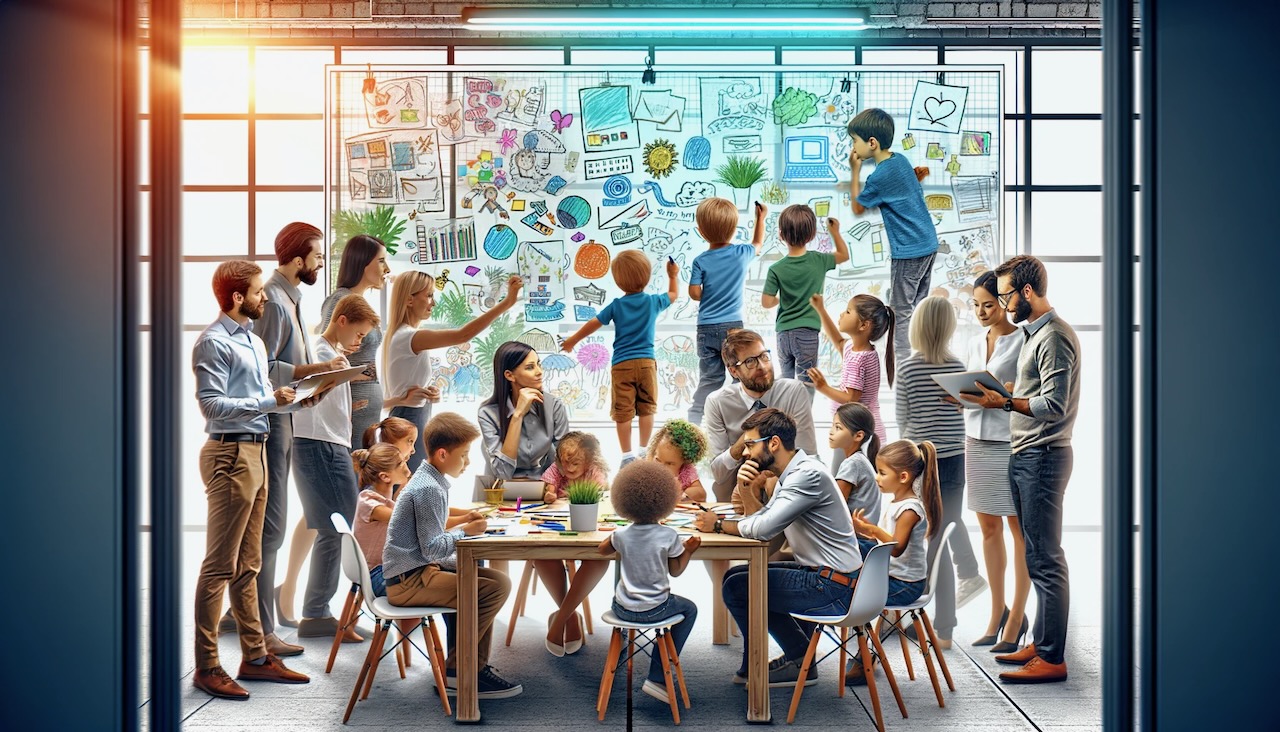
Why it might be time to re-evaluate our approach to teaching Divergent Thinking in the Classroom? All the times we say "come up with ideas" but in reality the time constraints or lack of knowledge
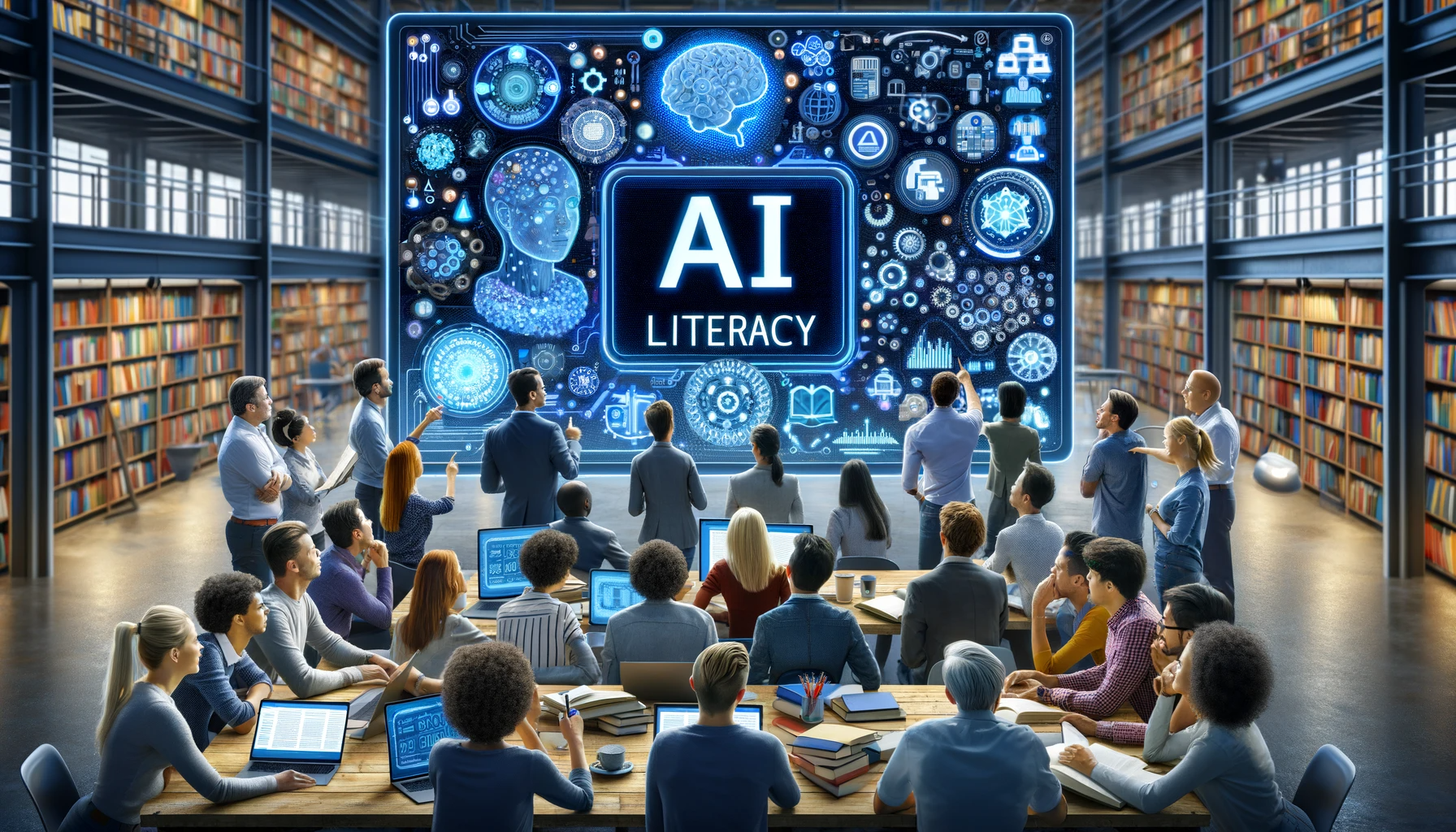
AI Literacy can help students know when they are most likely to experience errors, bias, and the potential for misinformation, which might help emphasize the value of human judgment. And understanding how generative AI uses prompts to make predictions can assist future creatives in ideation.

As a mindset, design thinking remains highly relevant across various fields and contexts; design thinking is a collection of principles promoting data use to validate ideas and inform how we solve real-world problems.
Matthew Worwood
I am a professor of Digital Media Design with a research focus on Design Thinking, Teacher Creativity, and technology-assisted creativity. I co-host the Fueling Creativity in Education podcast, blog at DadsforCreativity.com, and I have almost two decades of experience developing new innovative programs across the grades.
